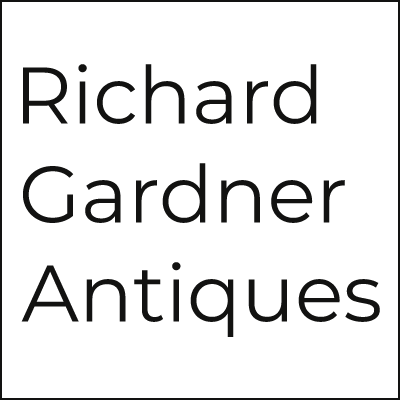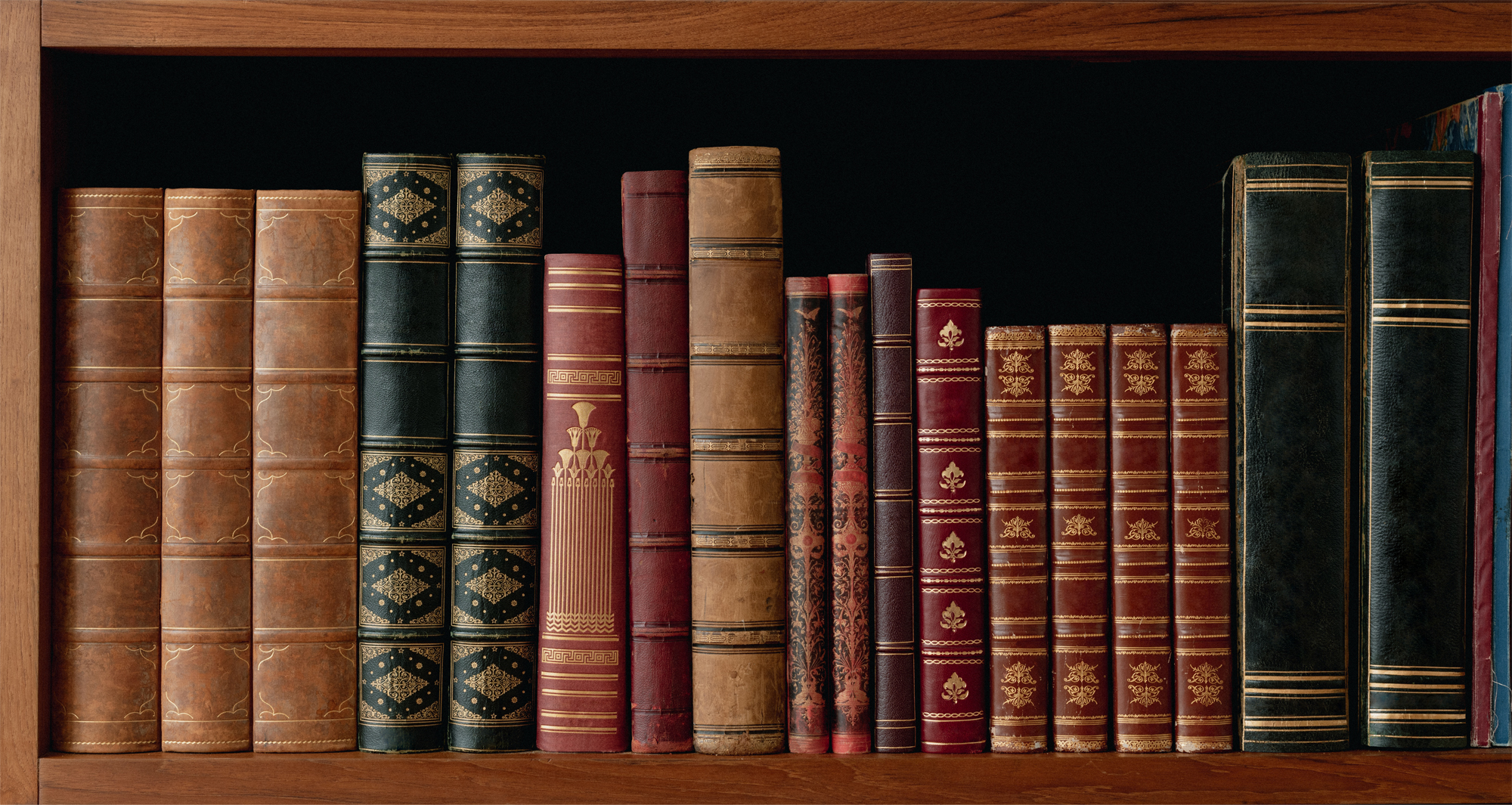Pierre Jules Mêne
Pierre Jules Mêne
French 1810 – 1879
Pierre Jules Mêne is probably the best known of the French Animalier School and his bronzes are today among the most highly prized in this genre. Surrounded as we are by disturbance and even violence, collectors of Mêne’s work can find relaxation and enjoyment in contemplating the innate grace and beauty of his sculpture.
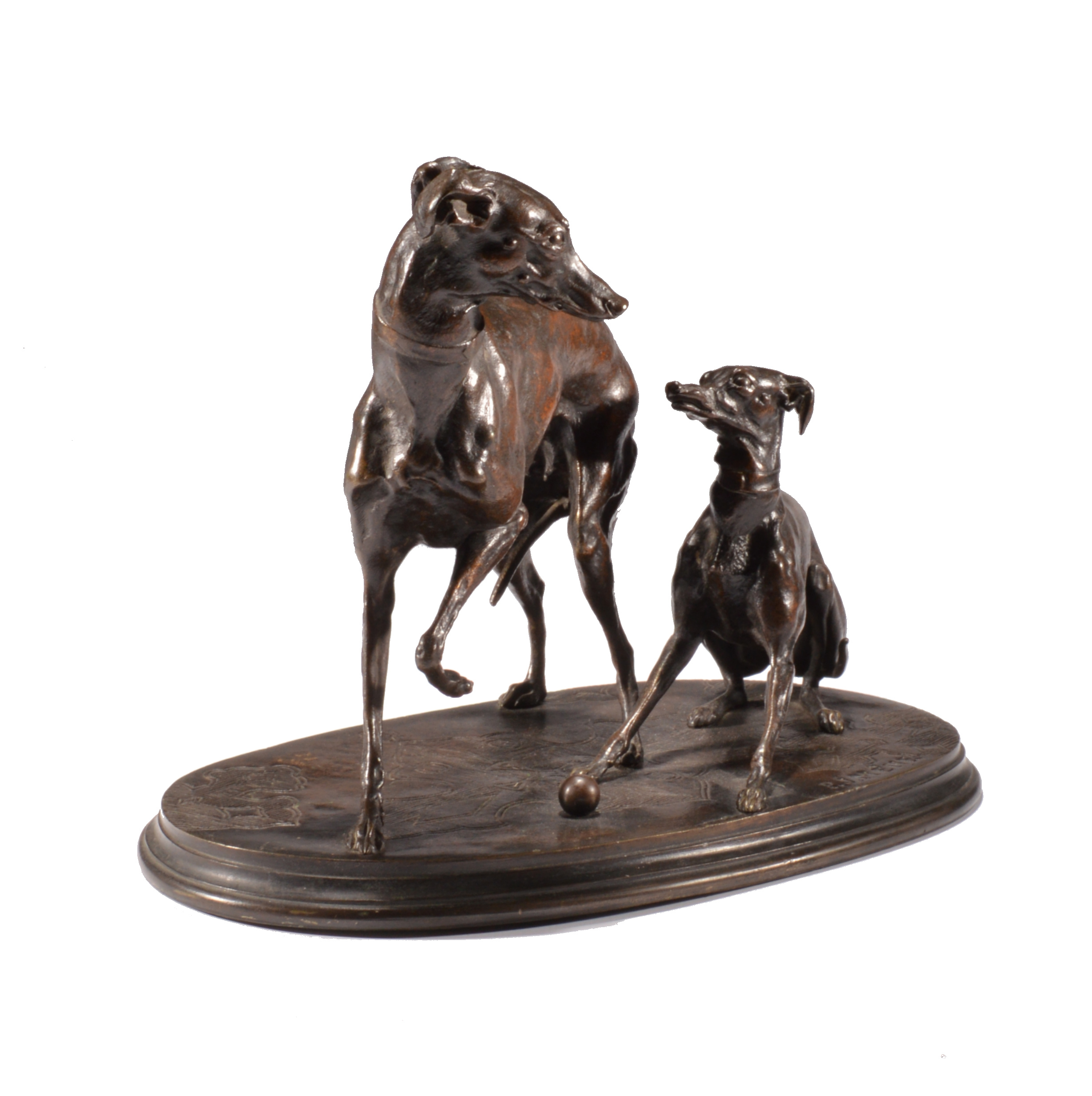 Beginning in 1838 Mêne worked at his own foundry, casting first his own works and later also those of his son-in-law, the sculptor Auguste Cain. Mêne became absorbed in the meticulous work of casting and chiselling and ensured that during his lifetime the bronzes that were cast were always checked for quality, colour and finish before they were allowed to leave the foundry.
Beginning in 1838 Mêne worked at his own foundry, casting first his own works and later also those of his son-in-law, the sculptor Auguste Cain. Mêne became absorbed in the meticulous work of casting and chiselling and ensured that during his lifetime the bronzes that were cast were always checked for quality, colour and finish before they were allowed to leave the foundry.
As a regular exhibitor at the Salon des Beaux-Arts many of Mêne’s subjects were shown to the general public in this popular showcase where acclaim and criticism could be judged before including the subject is his general Oeuvre. This also served to establish public awareness of his new works and provides a useful point of reference when dating the origin of a particular cast. It can be seen in our collection that as well as being signed there are also a number of bronzes that were dated. These bronzes are of particular importance as they refer to the very earliest casts made within the first years of the model becoming available and are today the most highly prized amongst collectors. As a further point of reference Mêne produced a catalogue of all his works and the numbers included in the details of each sculpture in our collection refer to this publication.
After Mêne’s death in 1879 the Barbedienne and Susse Frères foundries acquired the rights to reproduce his models and produced posthumous casts marked F Barbedienne Fondeur and Susse Frères fondeur editeur respectively. These bronzes are of fine quality and are cast by the leading bronze foundries in the late 19th and early 20th centuries, however they do not have the vitality and attention to detail that Mêne achieved on the casts from his own foundry.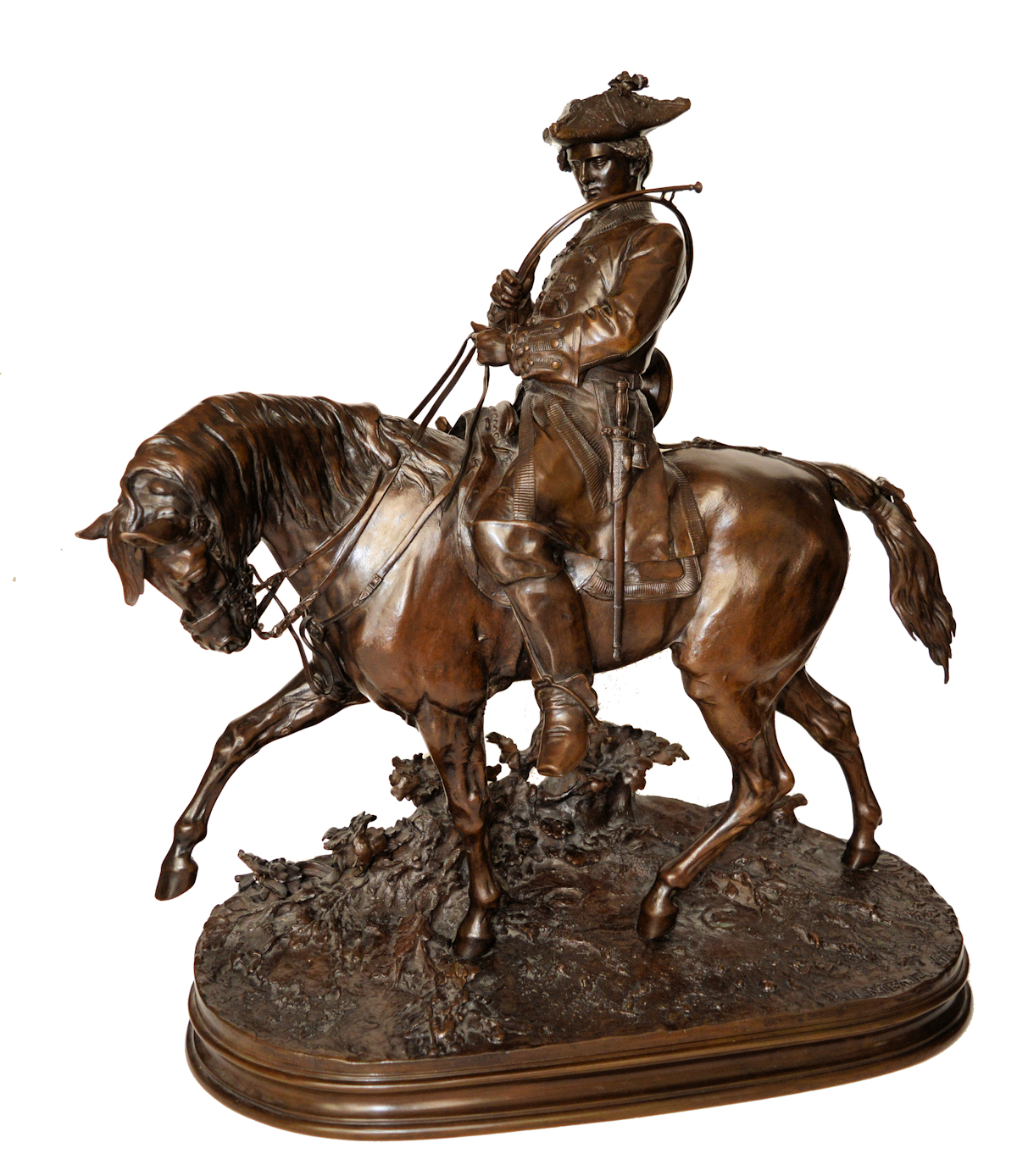
Pierre Jules Mêne was born in Paris on March 25th, 1810 and was the son of Dominique Mêne, a metal turner. After being taught the rudiments of sculpture and founding by his father he received further tuition from René Compaire. He found a definite talent for animal sculpture and went about it thoroughly, quickly building up a reputation as a highly respected Animalier sculptor. He established his own foundry in 1838 and exhibited in the same year for the first time at the Salon where his efforts were well rewarded. He received the first class medal twice and many other awards, including the Cross of the Legion of Honour in 1861. He also exhibited at the Great Exhibitions of 1851 and 1862 in London and many of his groups were formulated with the British market in mind.
Mêne’s sculpture is of particular importance when discussing the 19th century Anamalier School as he surpassed all in his portrayal of animals in the realistic form and is today the one most associated with and typical of the Animaliers as a whole. Unposed and very much alive, his subjects are captured in a fleeting movement, picturesque in every detail.
Industrious and popular with the public Mêne did not need to solicit support in official circles, he was content to live and support his family through his work and was certainly the most successful sculptor of the Animalier School. Although examples of his sculpture are now in the Louvre and other French museums, only one of Mêne’s works ‘The Mounted Huntsman’ was acquired by the State in his lifetime and the composition currently on the website entitled ‘Veneur Louis XV a Cheval’ was exhibited in the Universal Exposition of 1878.
